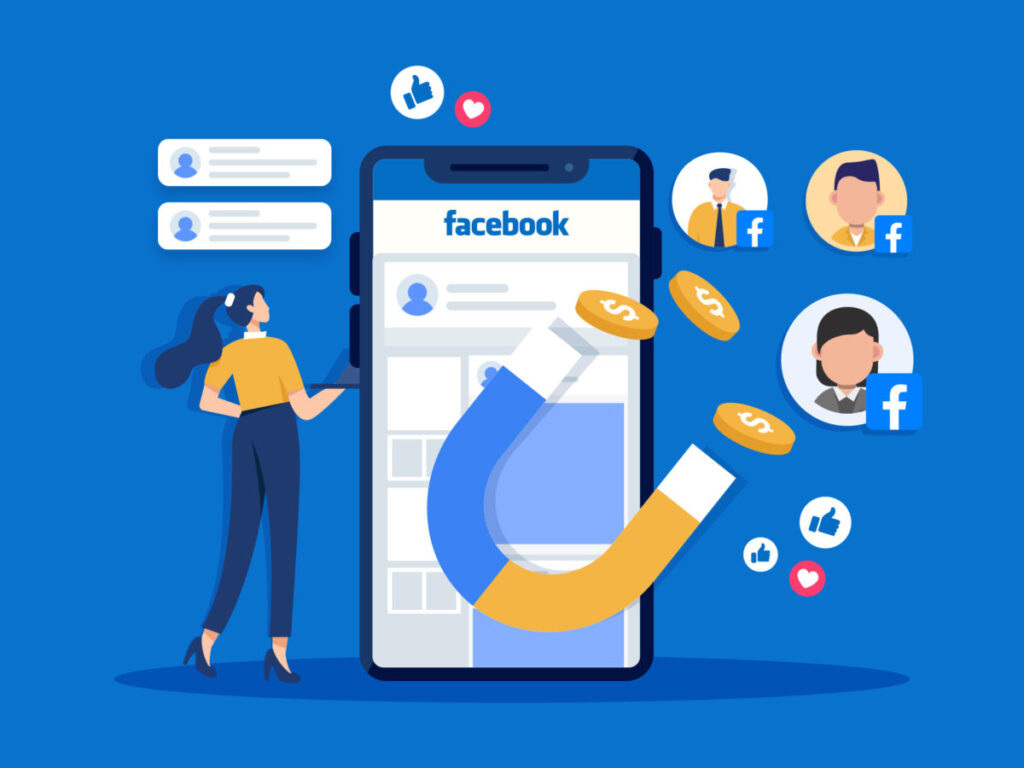Facebook ads offer a powerful platform for lead generation, with advanced targeting options, diverse ad formats, and robust analytics. By understanding your audience, setting clear goals, and following best practices, you can create highly effective lead generation campaigns that drive significant results.
Continuously monitor, test, and optimize your campaigns to stay ahead in the competitive landscape of digital advertising.
Whether you’re a small business or a large enterprise, leveraging Facebook ads for lead generation can be a game-changer. Start implementing these strategies today and watch your lead generation efforts soar.



